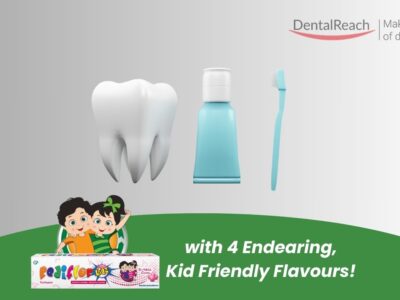What is the SalivaDirect test?
Saliva is now authorized as a reliable tool to detect SARS-Cov-2 .The U.S. Food and Drug Administration issued an emergency use authorization (EUA) to Yale School of Public Health for its SalivaDirect COVID-19 diagnostic test, which uses a new method of processing saliva samples when testing for COVID-19 infection.

“The SalivaDirect test for rapid detection of SARS-CoV-2 is yet another testing innovation game-changer that will reduce the demand for scarce testing resources,” said Assistant Secretary for Health and COVID-19 Testing Coordinator Admiral Brett P. Giroir, M.D. “Our current national expansion of COVID-19 testing is only possible because of FDA’s technical expertise and reduction of regulatory barriers, coupled with the private sector’s ability to innovate and their high motivation to answer complex challenges posed by this pandemic.”
Why is this test receiving so much attention?
- Easy-to-collect: This test only requires collection of saliva in a sterile container, as opposed to deep nasal swab (i.e., the nasopharyngeal (NP) swab), which can be uncomfortable for the patient and requires trained personnel wearing special personal protective equipment (PPE) to collect.
- Fewer collection supplies required: Saliva can be collected in sterile containers that are widely available, cheap and do not require special preservatives or containers. In these times, during which supplies are scarce, this is very desirable.
- Fewer steps in testing: Testing for nucleic acids by molecular amplification (i.e., PCR) generally requires the viral RNA to be removed from the specimen and purified. This is called extraction, and the reagents used for extraction have also been in short supply throughout this pandemic. The SalivaDirect test uses a simple procedure that does not require instrumentation to open the virus and remove the viral RNA. This RNA is then tested by molecular amplification.
- Instrument accessibility: Many current SARS-CoV-2 RNA tests are designed to be run on specific instruments, generally made by the manufacturer of the test. The SalivaDirect test can be performed on several types of instruments found in specialized clinical molecular laboratories, potentially allowing those laboratories to start testing without acquiring additional, expensive instruments.
“Providing this type of flexibility for processing saliva samples to test for COVID-19 infection is groundbreaking in terms of efficiency and avoiding shortages of crucial test components like reagents,” said FDA Commissioner Stephen M. Hahn, M.D. “Today’s authorization is another example of the FDA working with test developers to bring the most innovative technology to market in an effort to ensure access to testing for all people in America. The FDA encourages test developers to work with the agency to create innovative, effective products to help address the COVID-19 pandemic and to increase capacity and efficiency in testing.”
Though Real-TimeReal Time reverse transcription Polymerase Chain Reaction (rRT-PCR) on nasopharyngeal and respiratory specimens represents the gold standard for the qualitative detection of SARS-CoV-2 infection, there are many major drawbacks. The collection of these specimens may be associated with various degrees of discomfort for the patient. Conversely, saliva is an oral fluid that is produced by the salivary glands and may represent an easily manageable specimen to be easily used for diagnosing COVID-19.

Advantages of SalivaDirect test:
1. SalivaDirect does not require any special type of swab or collection device; a saliva sample can be collected in any sterile container
2. Being able to perform a test without nucleic acid extraction kits enhances the capacity for increased testing, while reducing the strain on available resources.
3. This test does not rely on any proprietary equipment from Yale and can use a variety of commercially available testing components, it can be assembled and used in all high-complexity labs.
4. Since the saliva sample is self-collected under the observation of a healthcare professional, it could also potentially lower the risk posed to healthcare workers responsible for sample collection.
In conclusion, the saliva represents a promising tool in COVID-19 diagnosis.
Source: FDA News Release.




















Comments